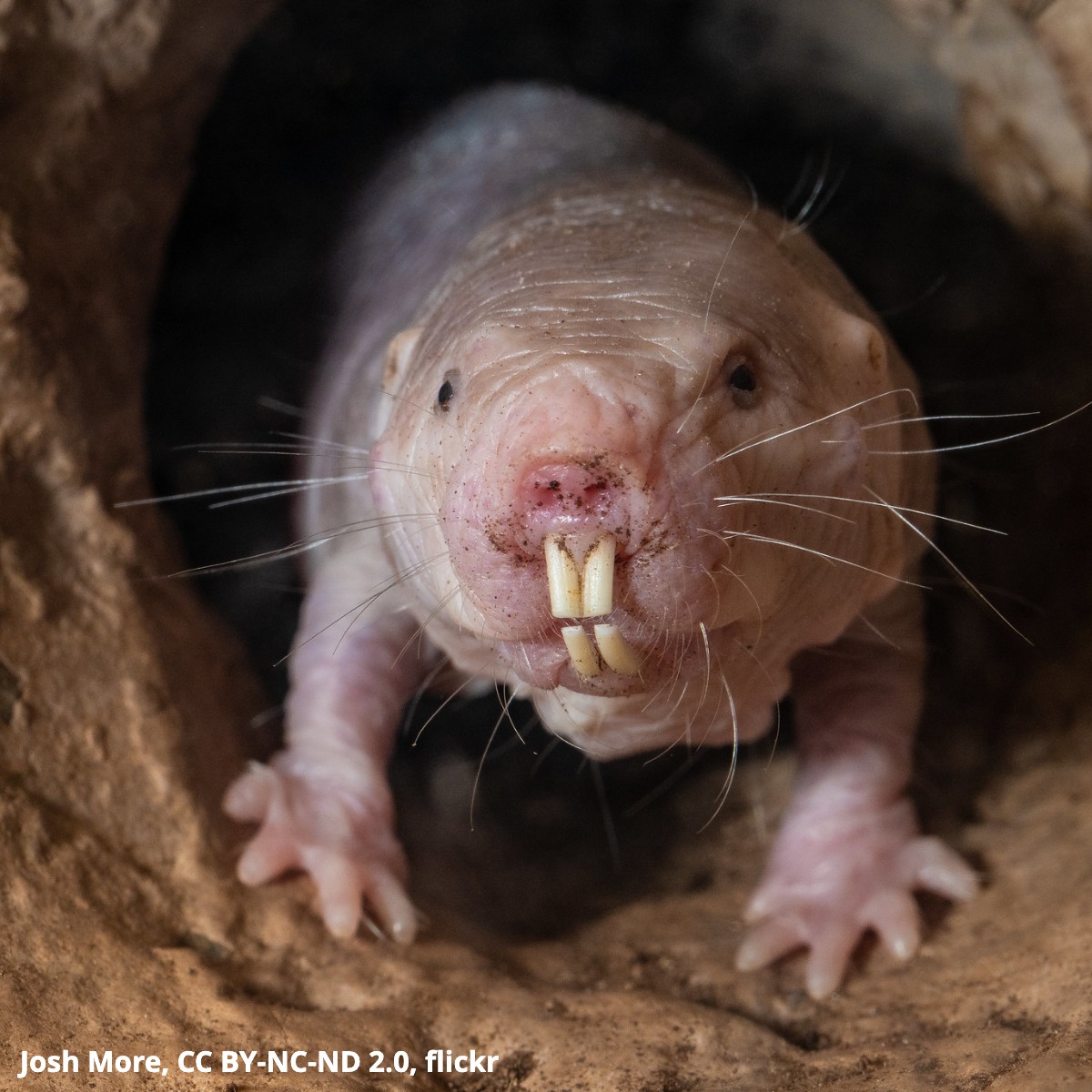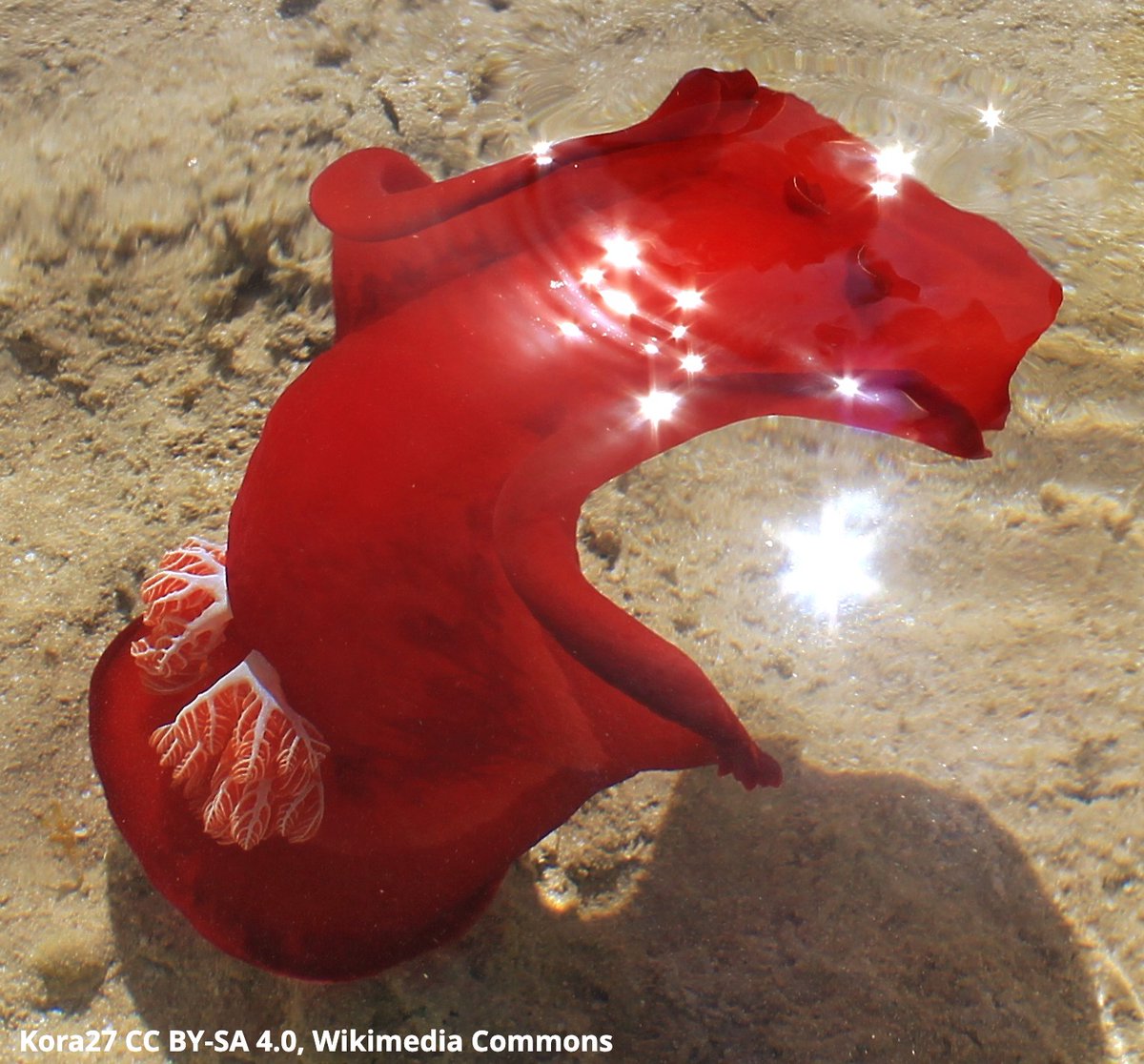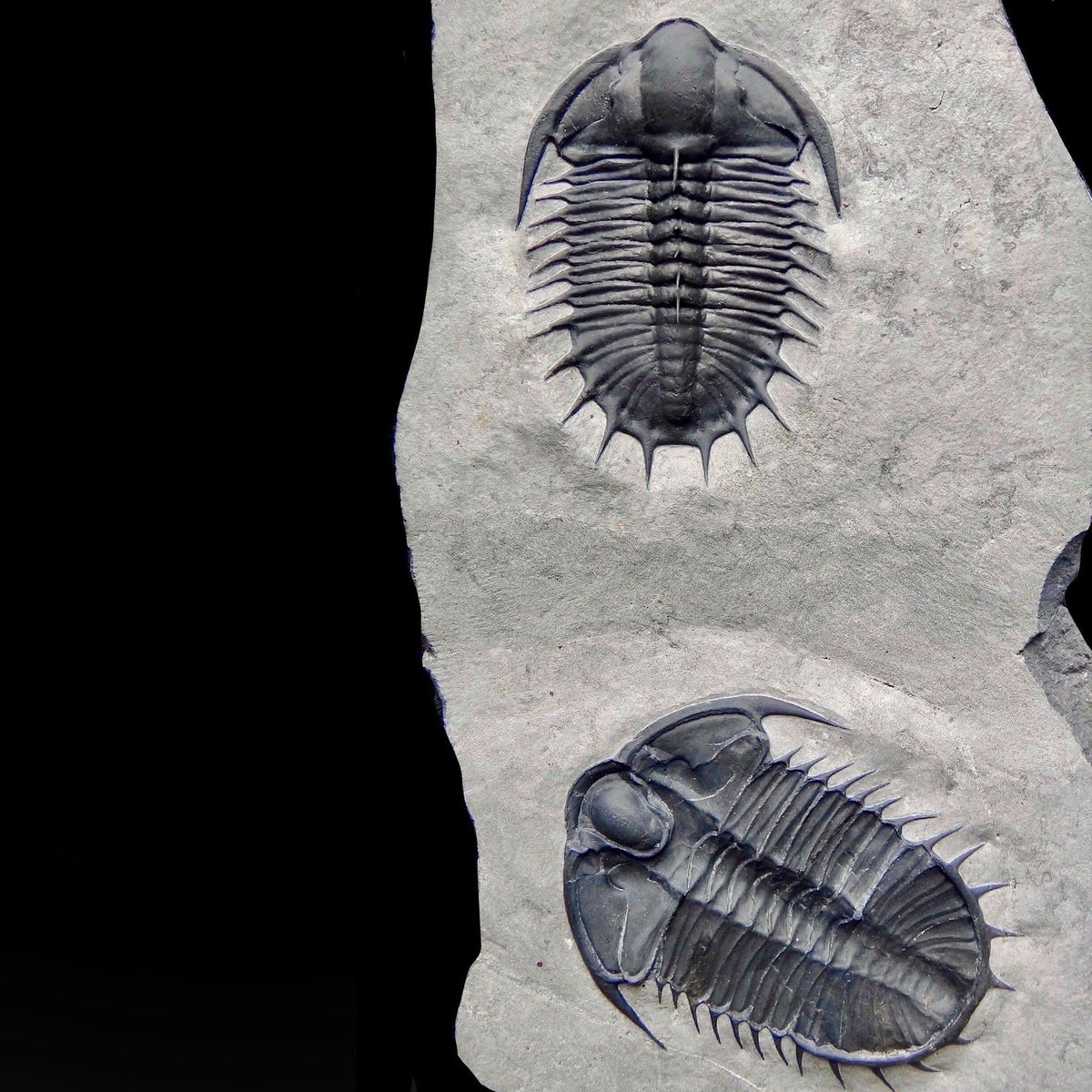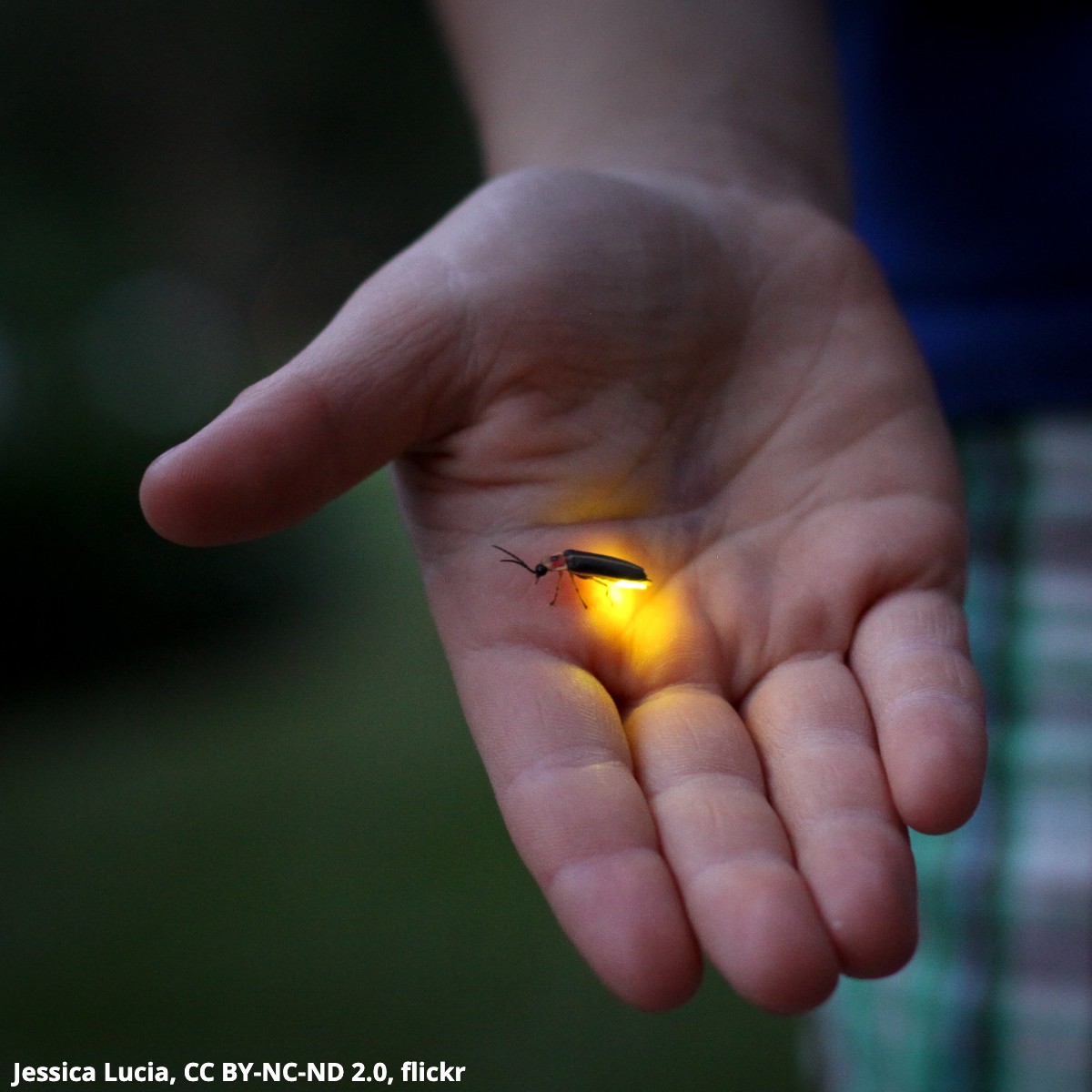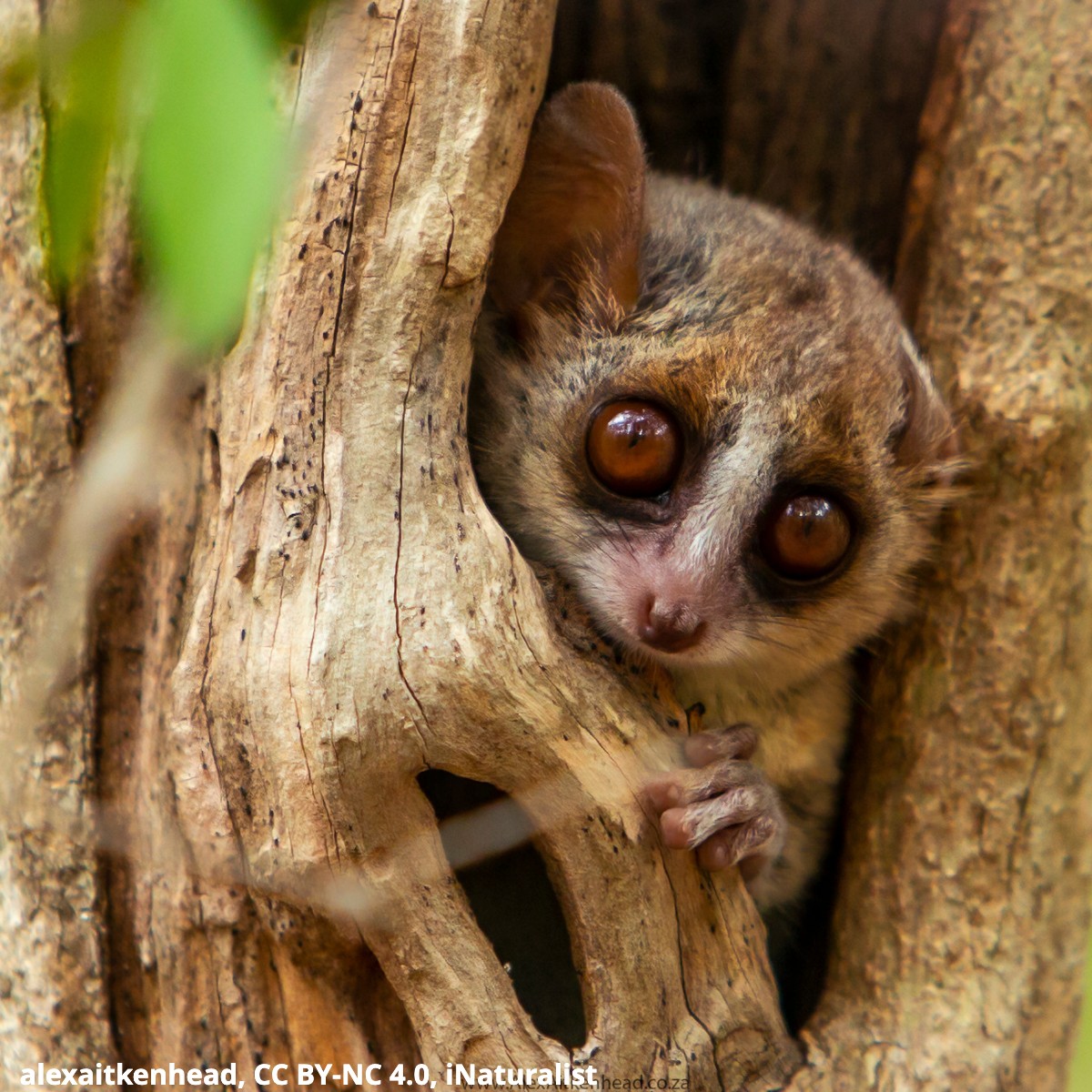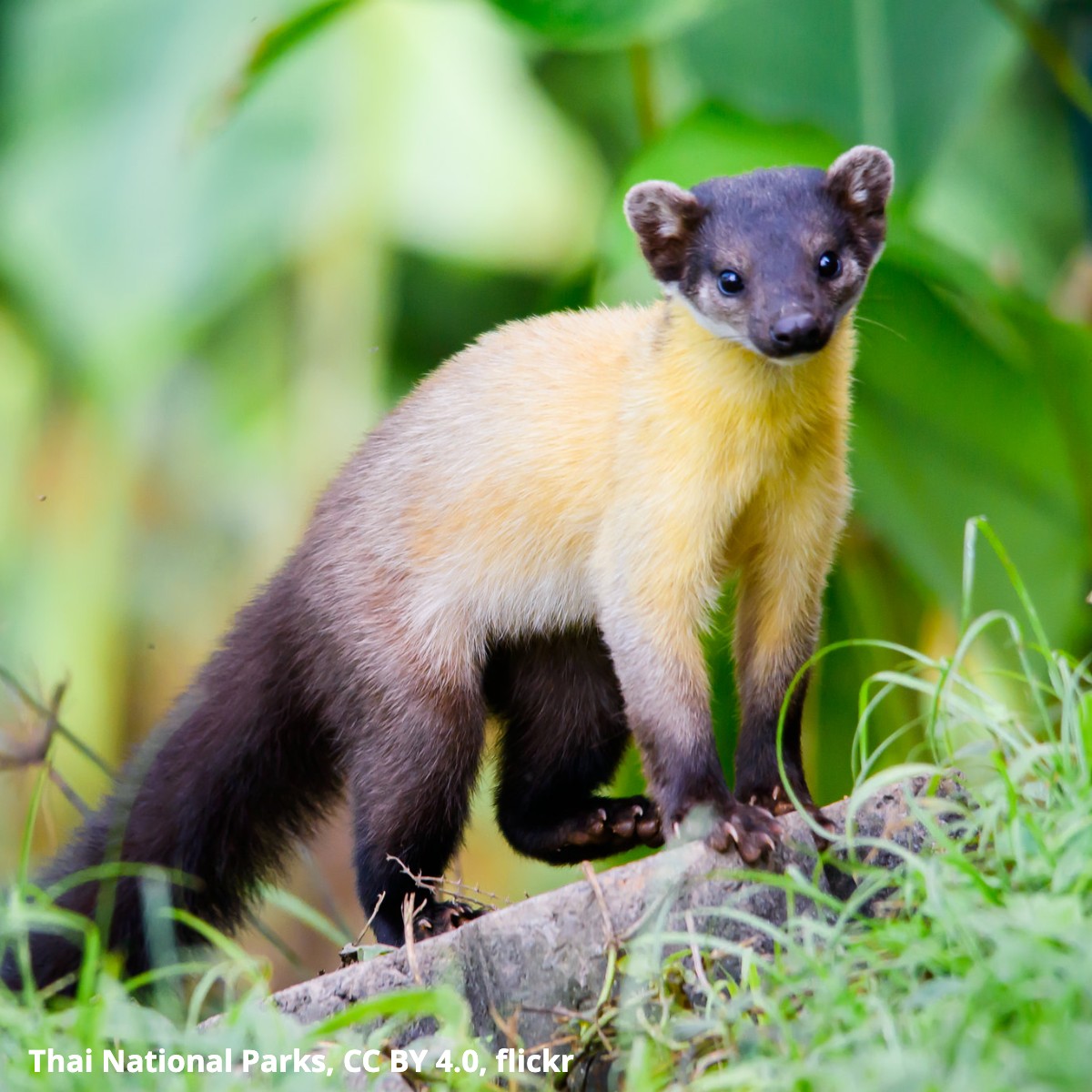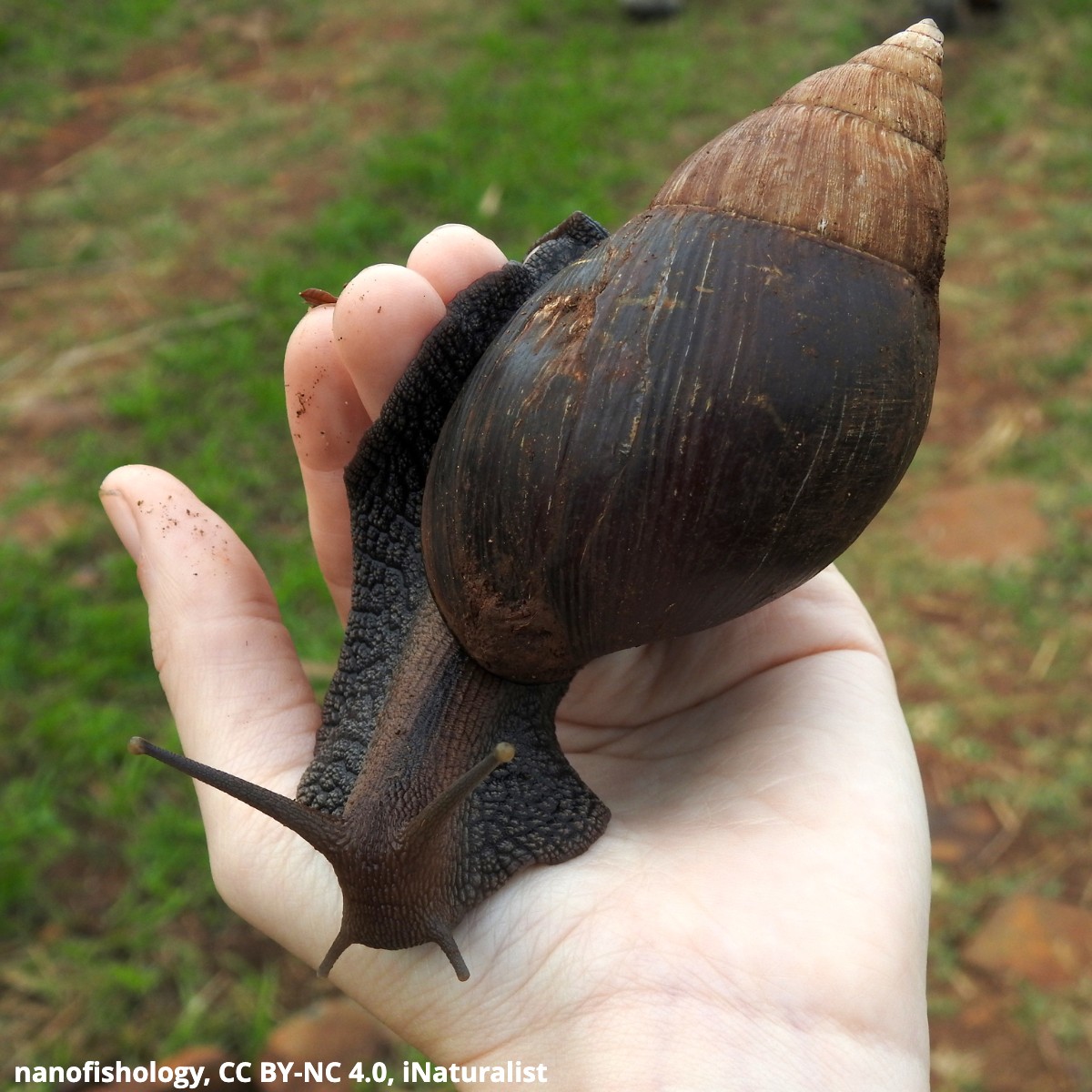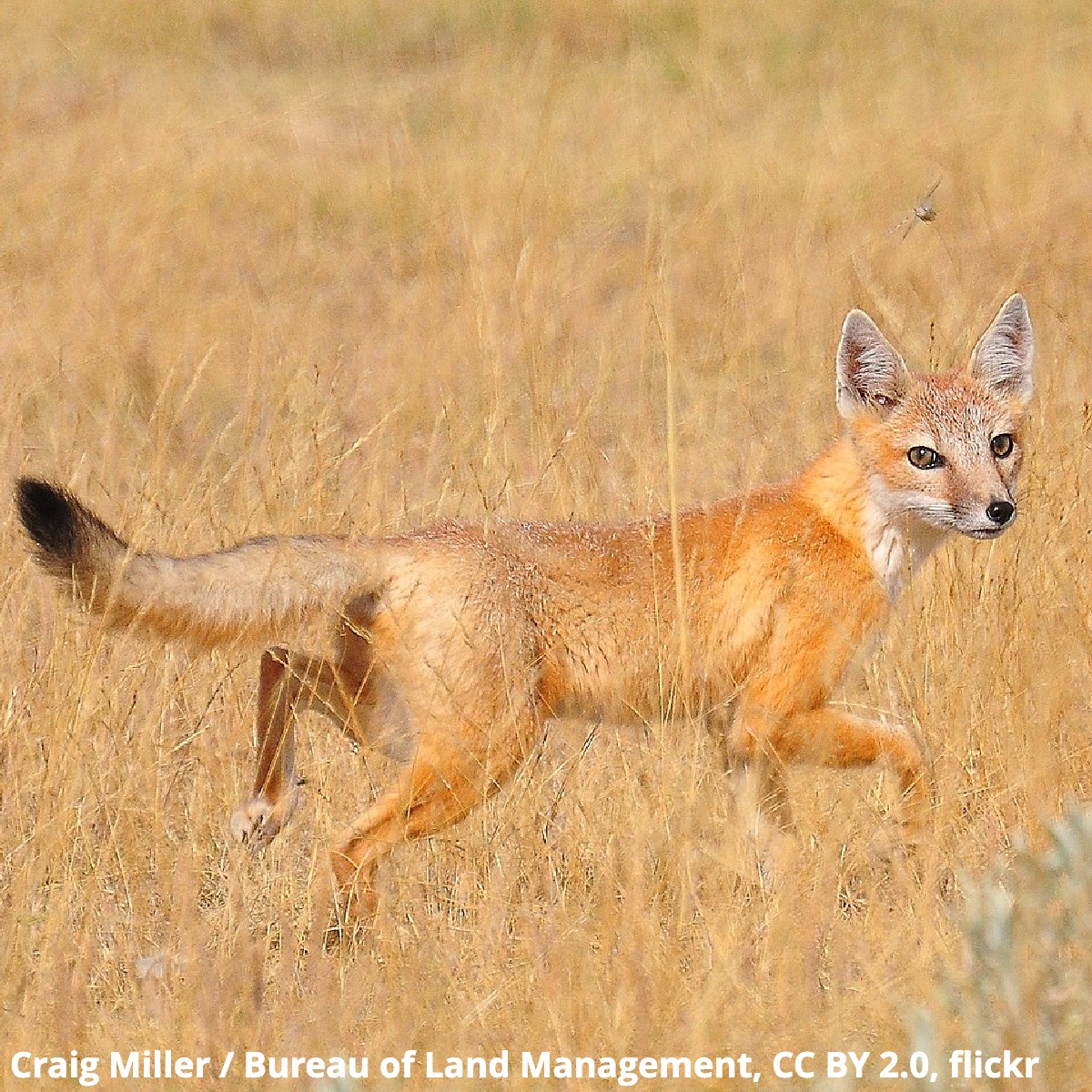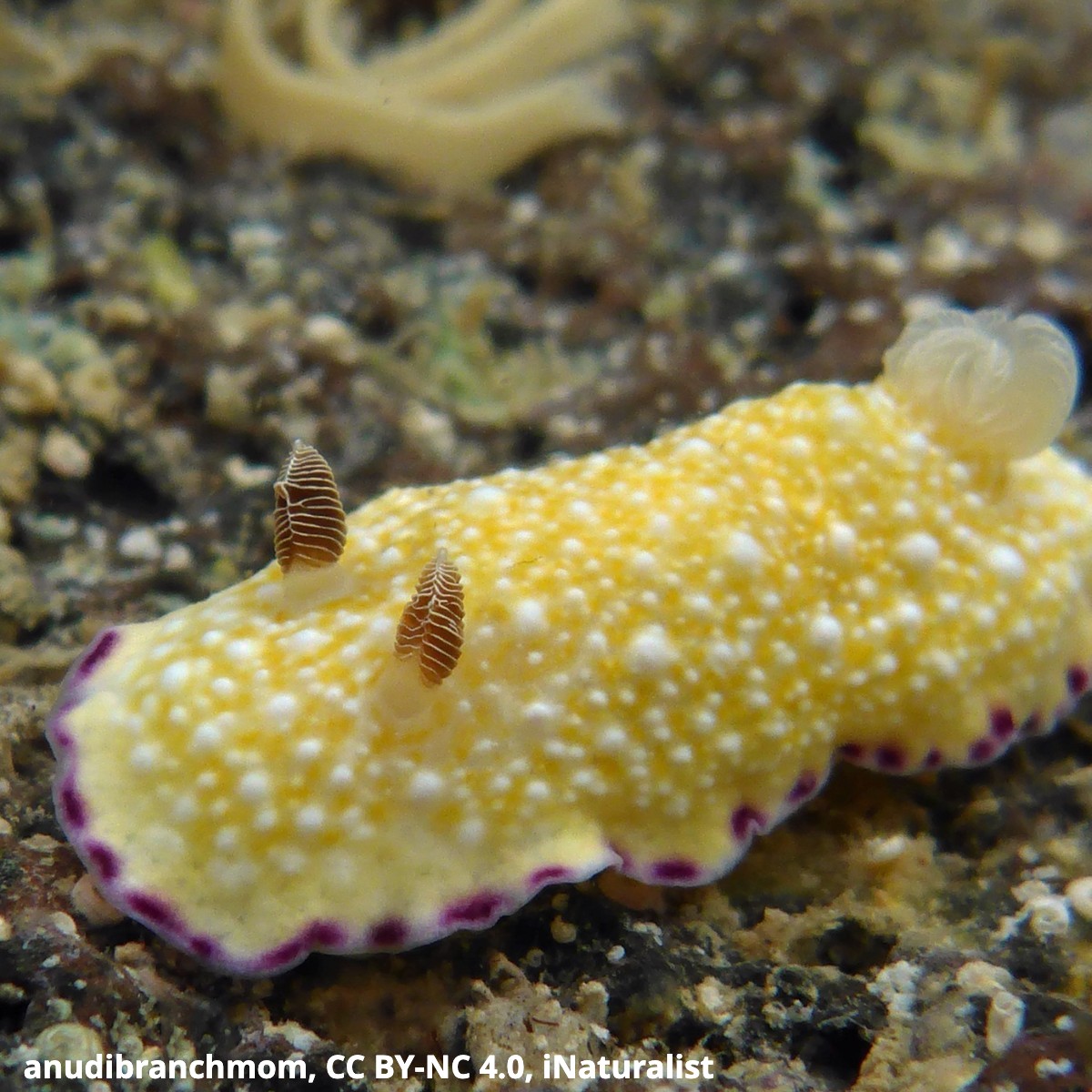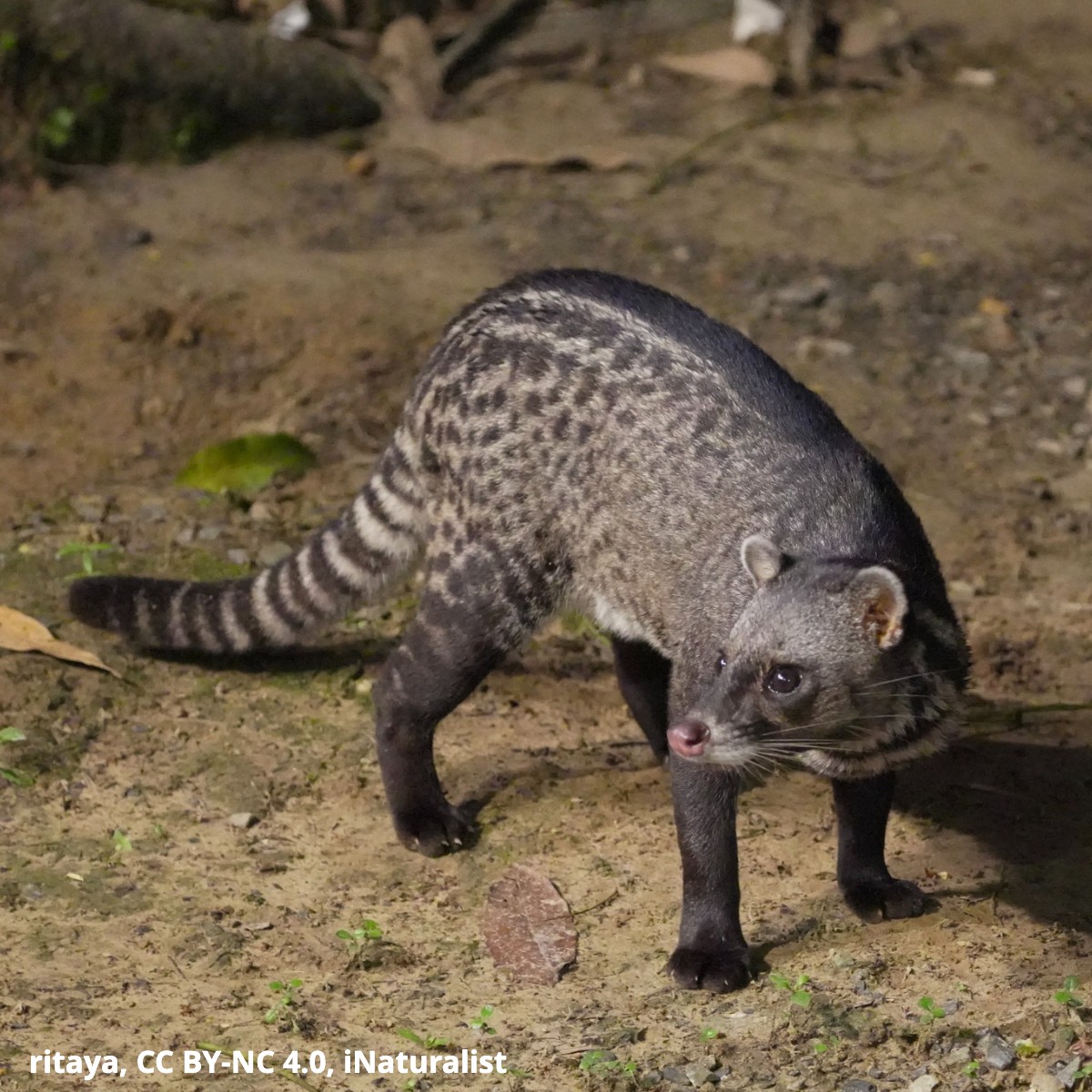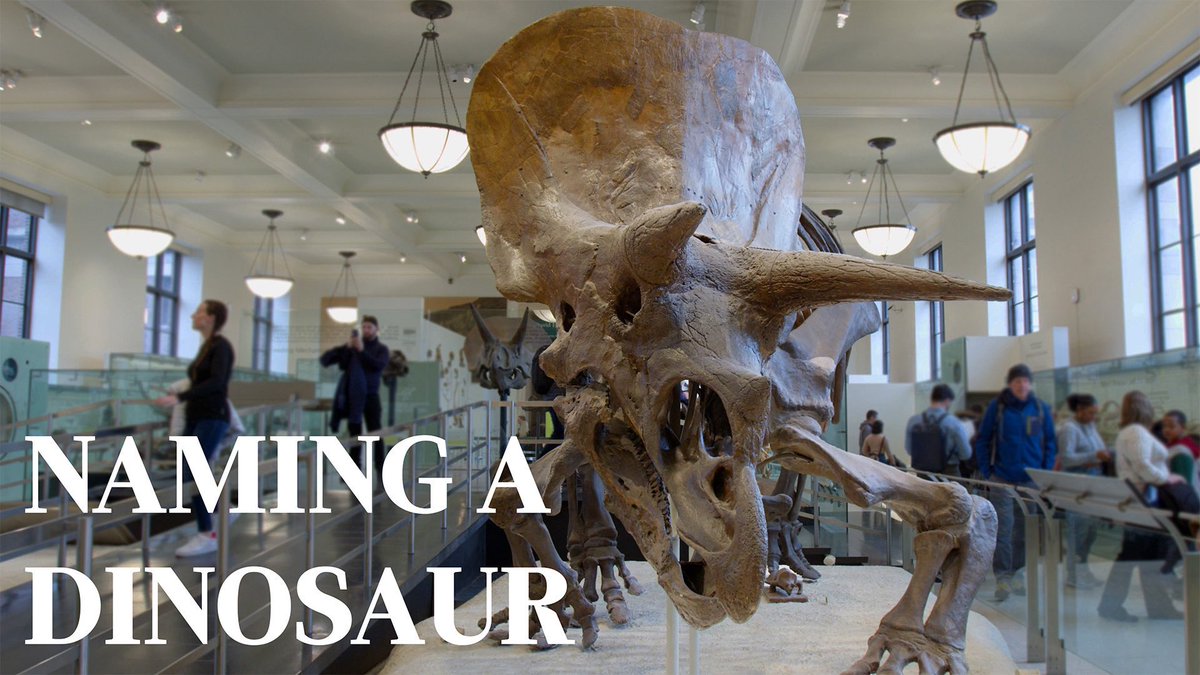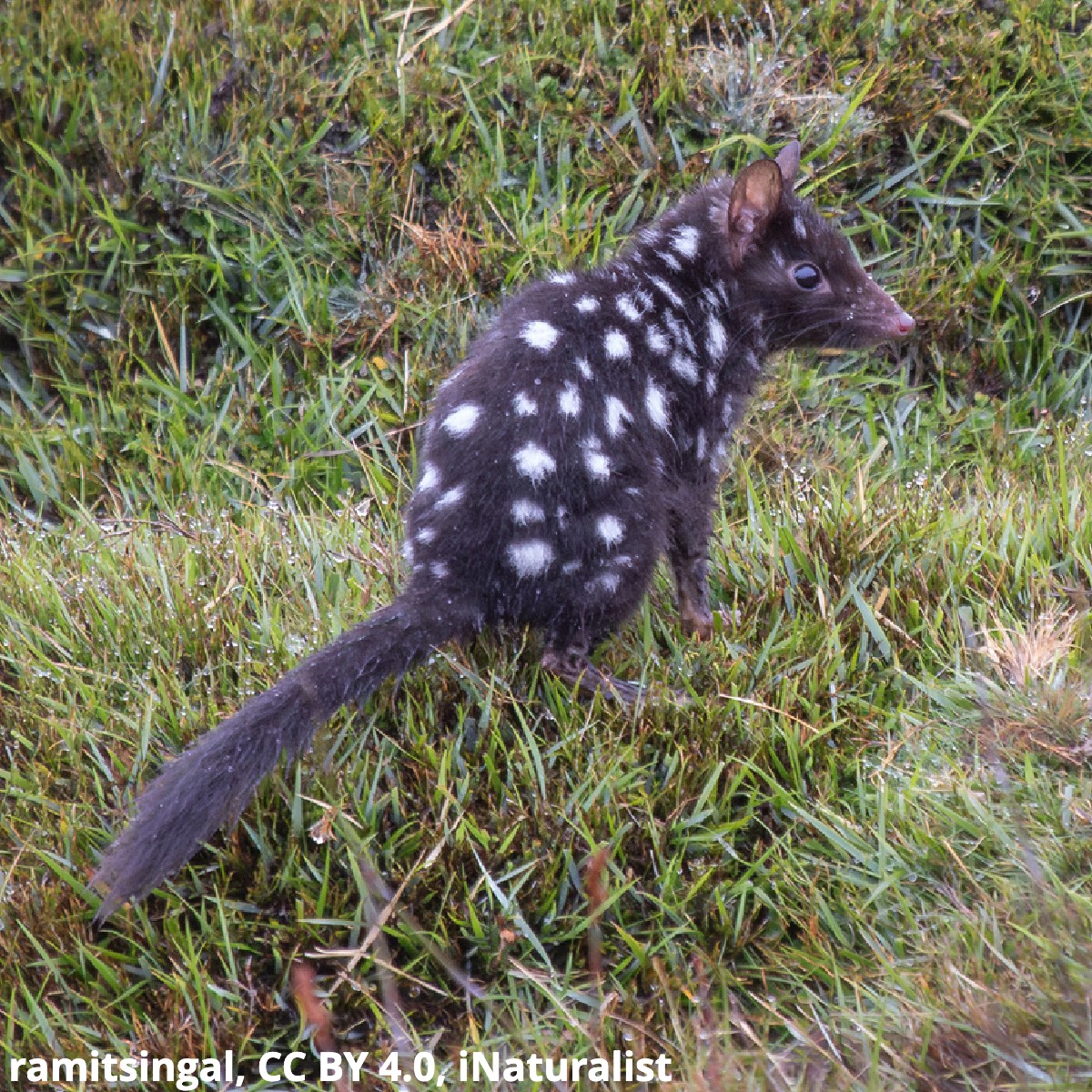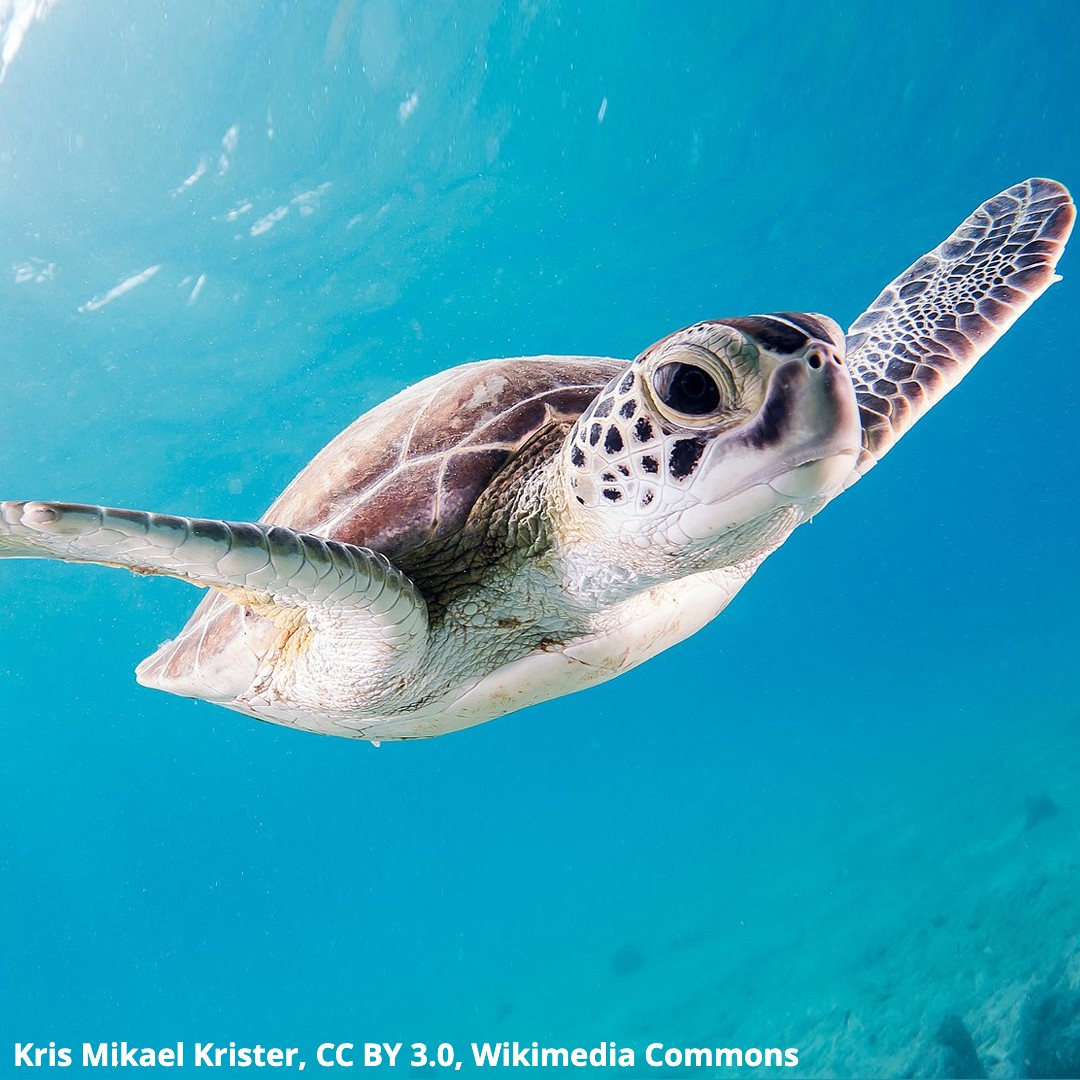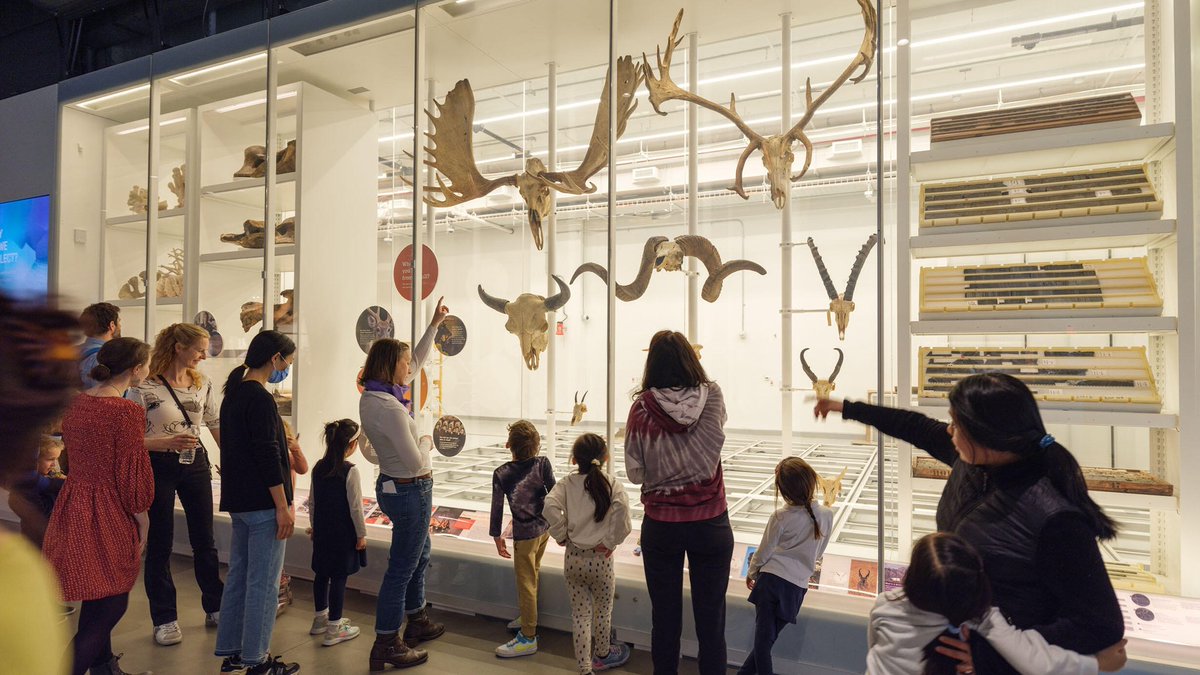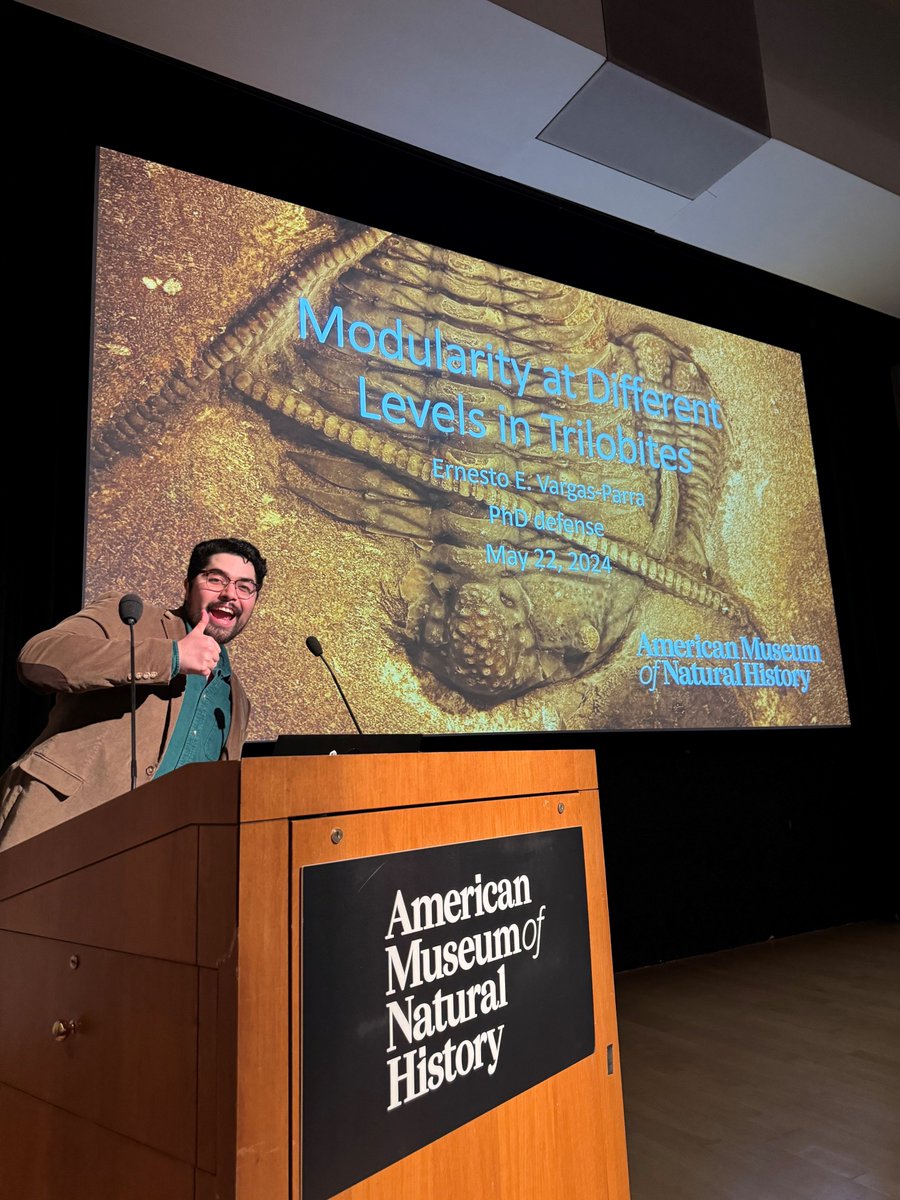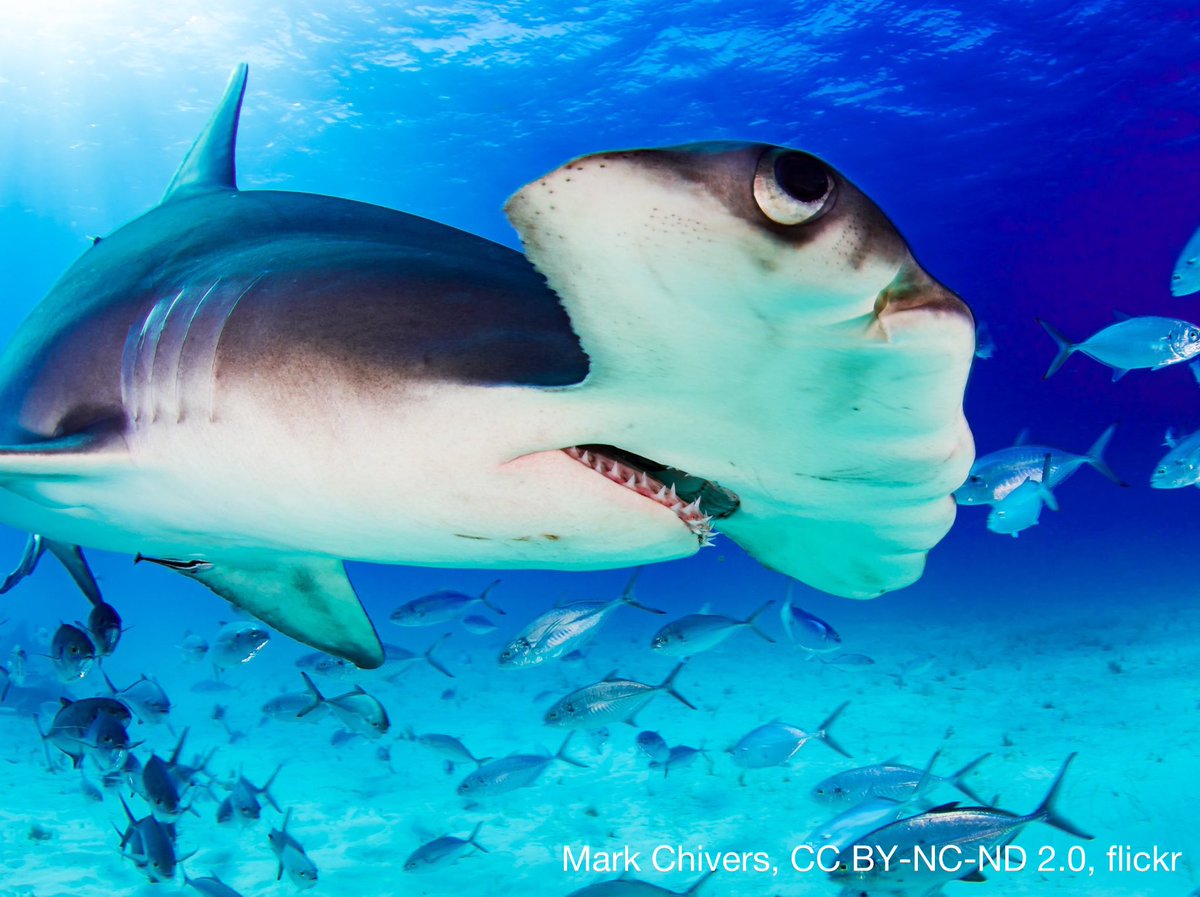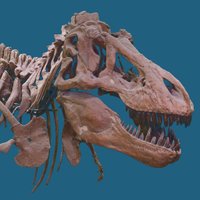
American Museum of Natural History
@AMNH
The American Museum of Natural History is one of the world's preeminent scientific and cultural institutions.
ID:16630098
http://www.amnh.org/ 07-10-2008 14:17:14
24,2K Tweets
513,8K Followers
927 Following



Today is the official start of #manhattanhenge season! Get your cameras ready as the day is looking gorgeous. The sun will set far enough north today that it just kisses the grid of the city before setting. It lights up the concrete jungle in perfect golden hour colors. American Museum of Natural History









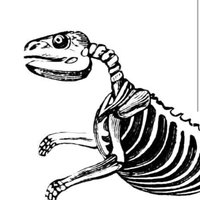






Tomorrow (May 23) at 5:30 pm EDT: American Museum of Natural History welcomes Father Time author Sarah Blaffer Hrdy for their 93rd James Arthur Lecture, where she will be discussing the emergence of emotionally modern minds.
To learn more about this free in-person event, visit: hubs.ly/Q02xXCcs0



Legendary Sarah Hrdy will be giving the 2024 James Arthur Lecture 'The Emergence of Emotionally Modern Minds.' This Thursday American Museum of Natural History
amnh.org/calendar/james…
